The new Porsche 911 Turbo S features a hybridised flat six that pumps out more power than any version of the sports car so far.
Electrifying the Turbo S is the most significant change to the model’s technical recipe since a second turbocharger and four-wheel drive were introduced in the mid-1990s. The move pushes Porsche’s flagship road car beyond the 700bhp mark, with a corresponding increase in price.
The hybrid Turbo S will start from £199,100 in coupé form, with the cabriolet costing £10,000 more. First deliveries are expected in late 2025.
A non-S derivative is so far unconfirmed – and may never come, reflecting the fact that in modern times the maximalist S has been the stronger seller.
While this 992.2-gen model is technically a mid-life facelift for a car that has been on sale since 2020, the changes under the skin are wide-ranging. The 3.7-litre flat six of the outgoing 911 Turbo S is replaced by a version of the 3.6-litre engine found in the 911 Carrera GTS hybrid, with the same asymmetric valve timing but new pistons for a higher compression ratio. It also has an additional ‘eTurbo’, with the car’s two blowers working in parallel.
The upshot for this second electrified version of the 911 is 701bhp between 6500rpm and 7000rpm (versus 641bhp at 6750rpm for the old Turbo S) and 590lb ft of torque at 2300-6000rpm. Torque is no higher than before but its scope – what engineers refer to as the area under the curve – is vastly greater than that of the previous Turbo S, no doubt making for even more wild point-to-point performance.
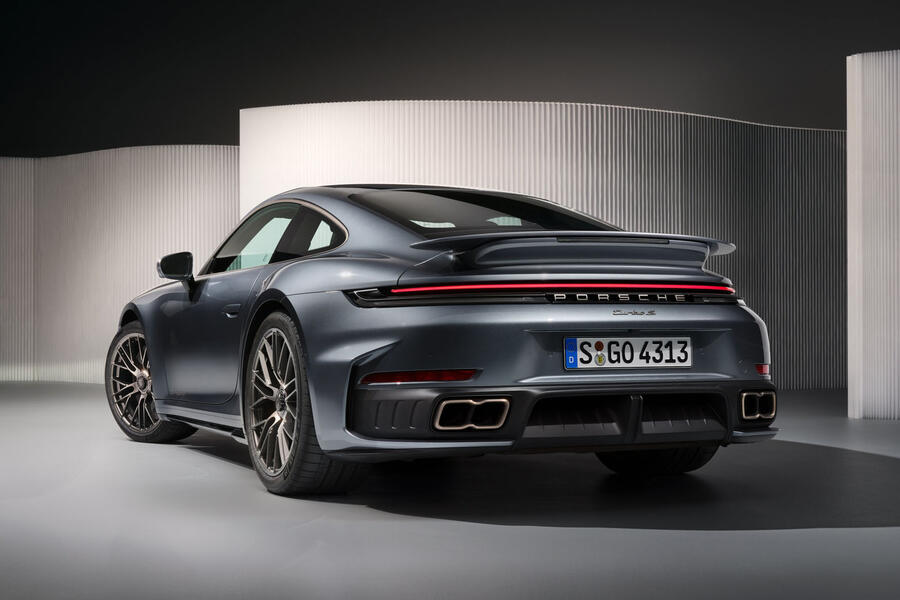
Porsche’s T-Hybrid system uses a 1.9kWh battery ahead of the scuttle to drive an electric motor connected to the shaft between the compressor and turbine wheels in each turbo. This allows the turbos to spool up extremely quickly and reach peak boost “about two seconds” sooner than otherwise, curtailing lag. It gives the new Turbo S unprecedented throttle response.

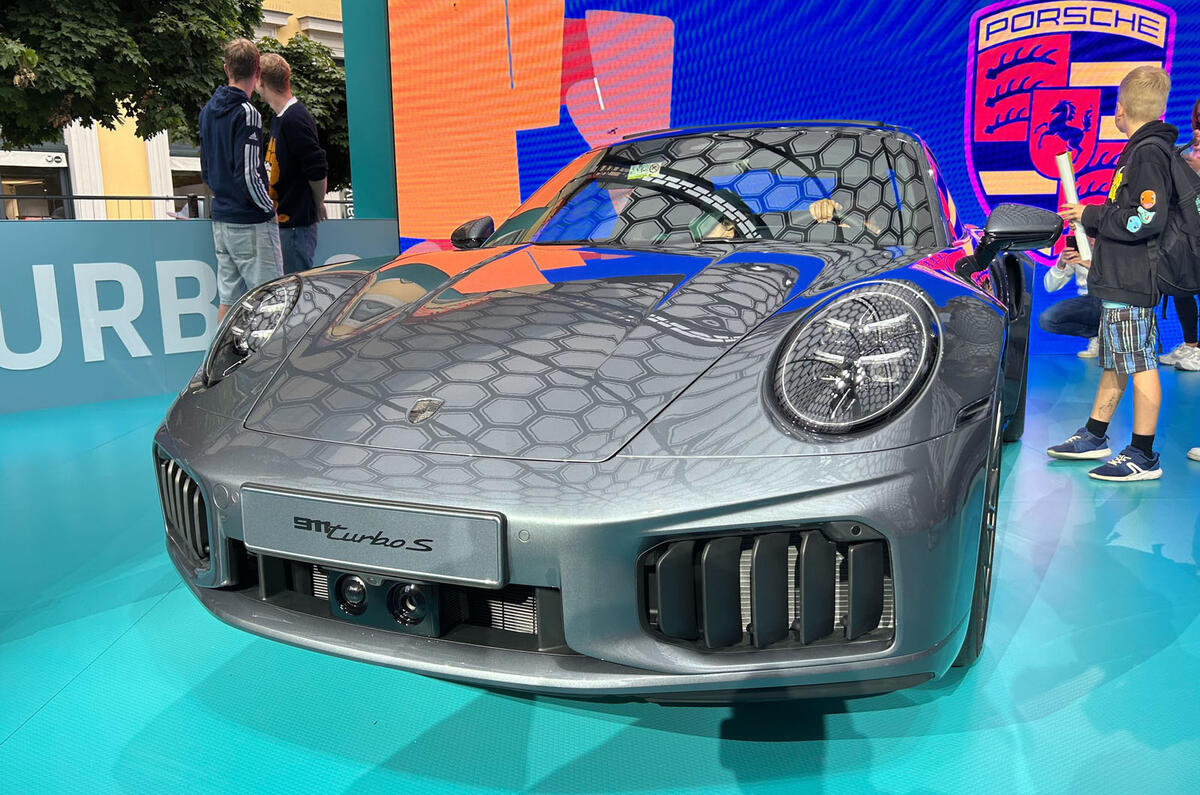
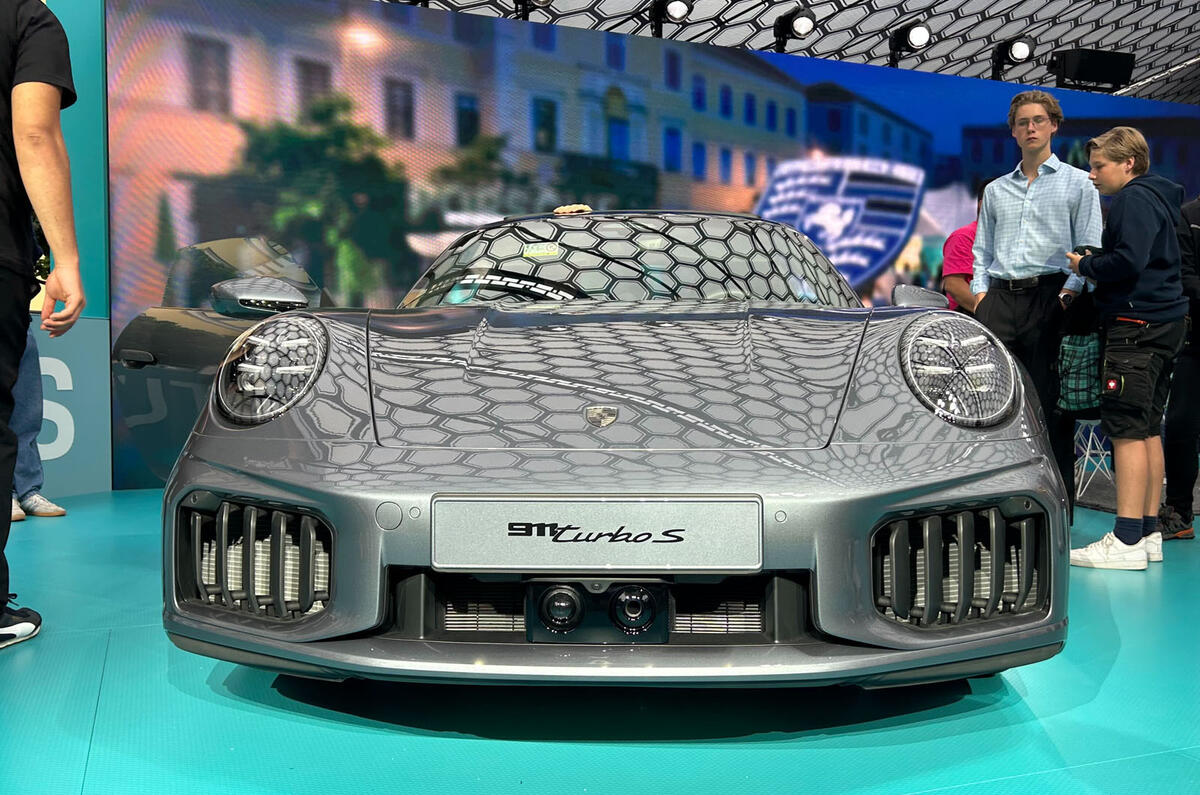
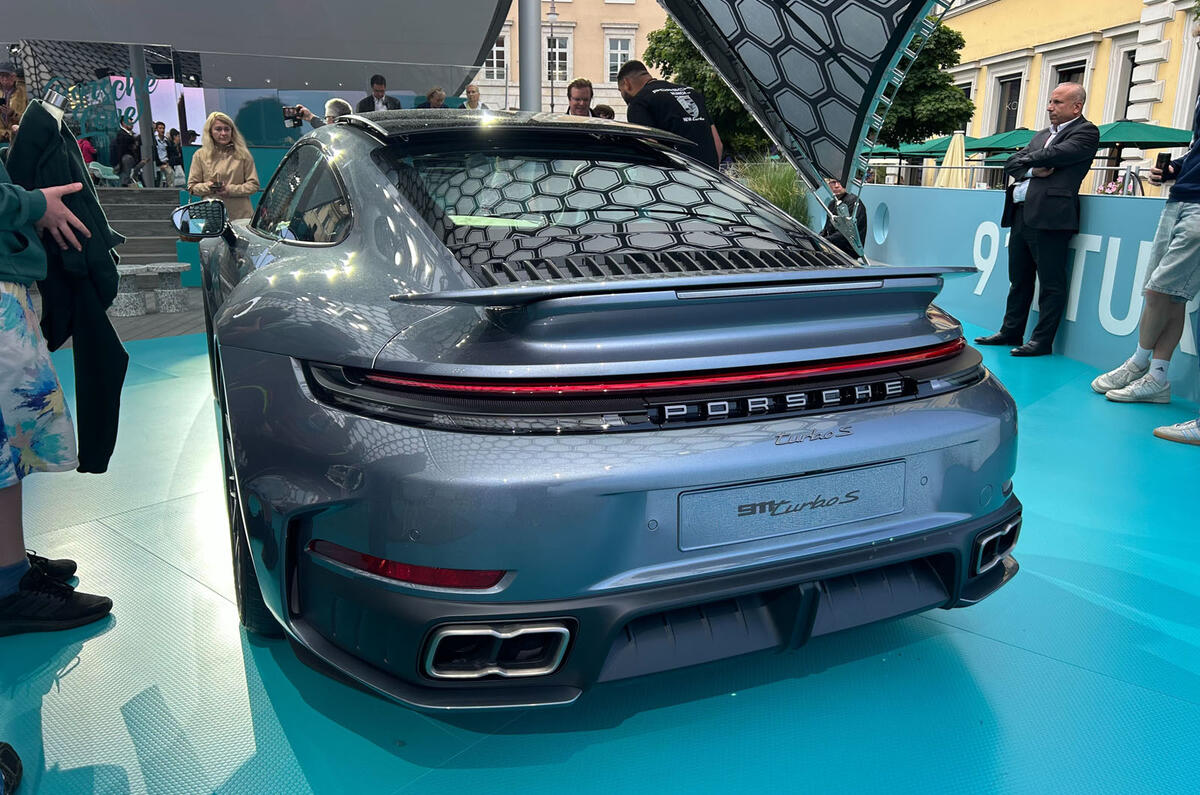
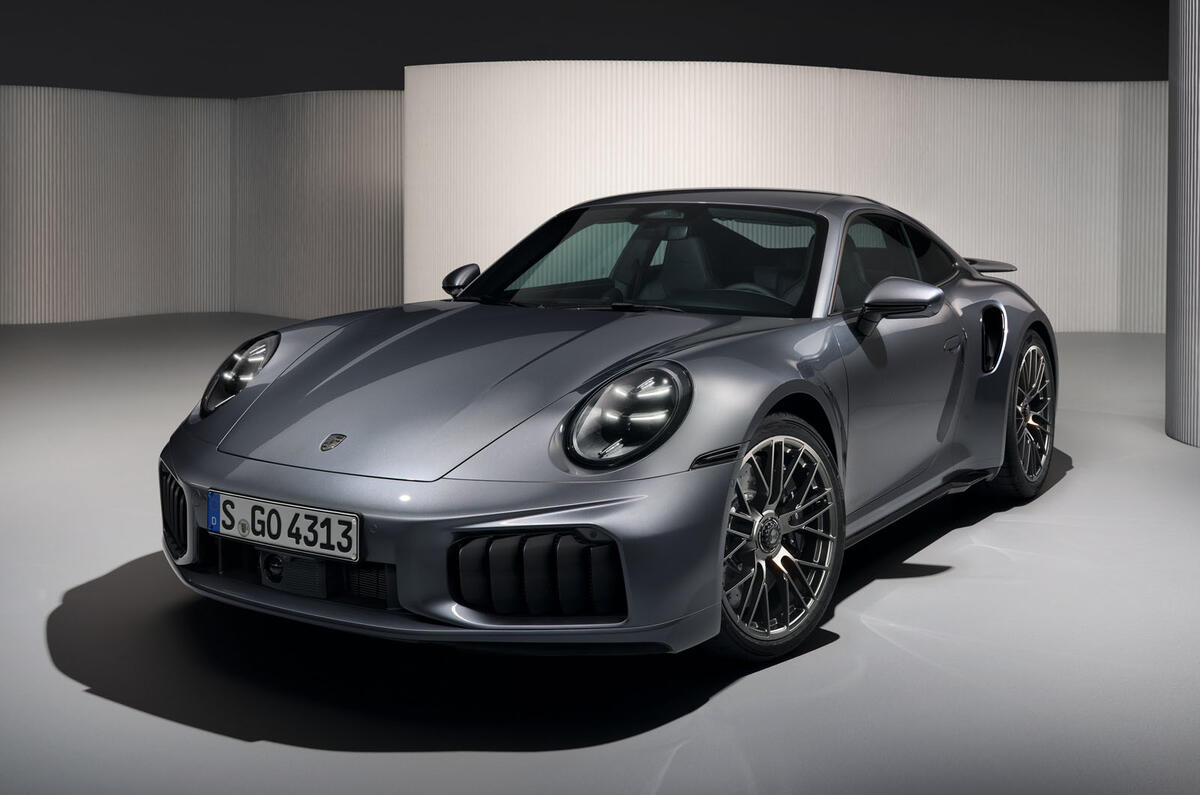
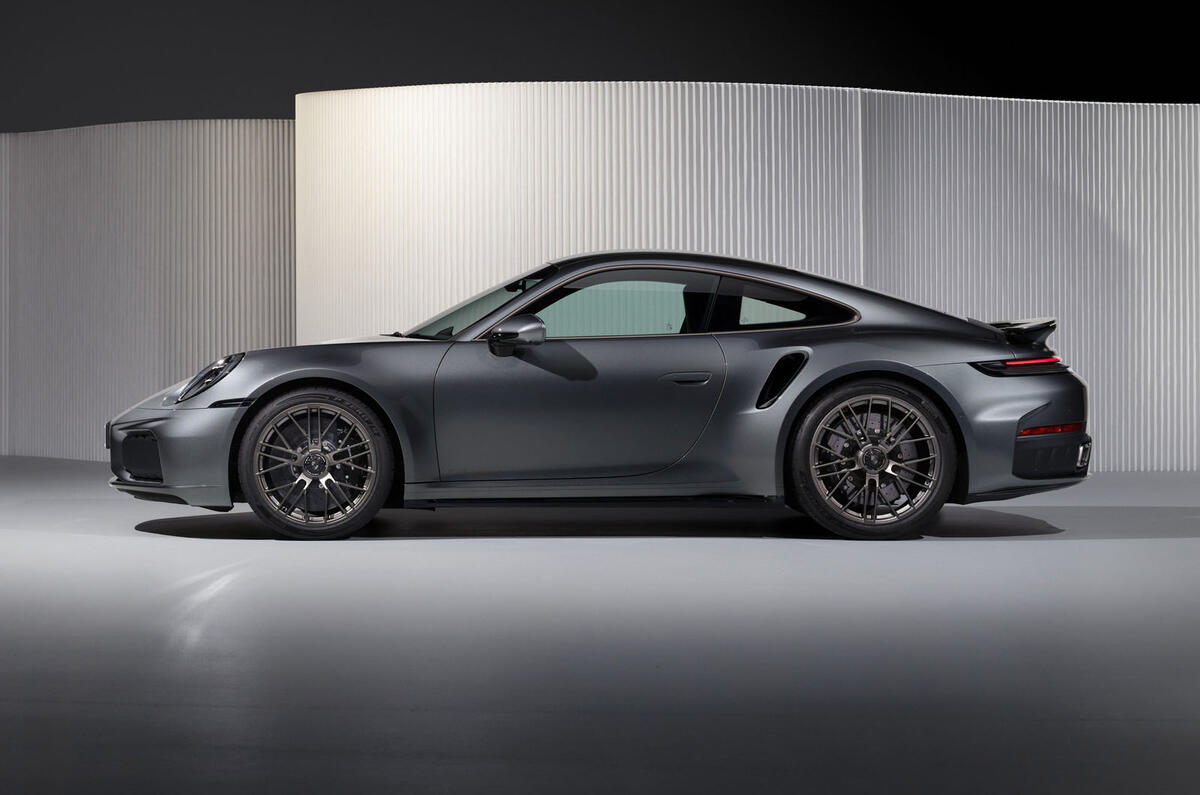
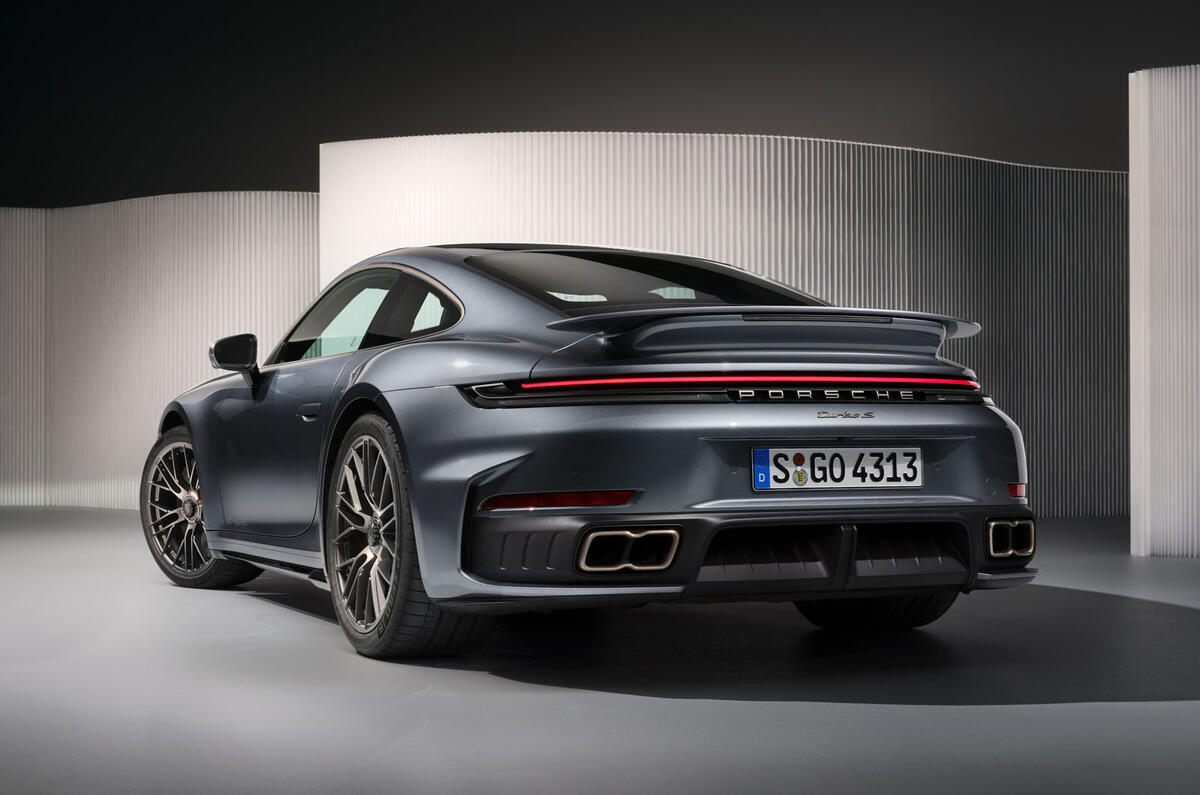
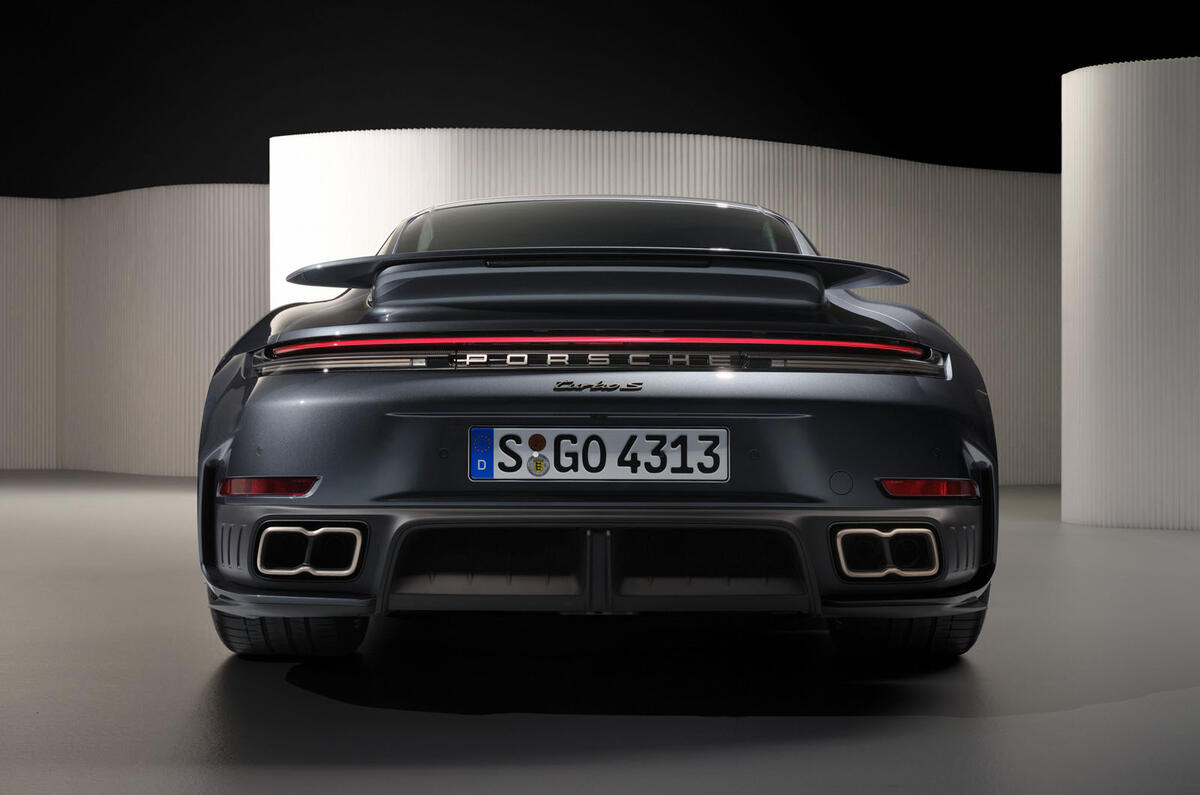
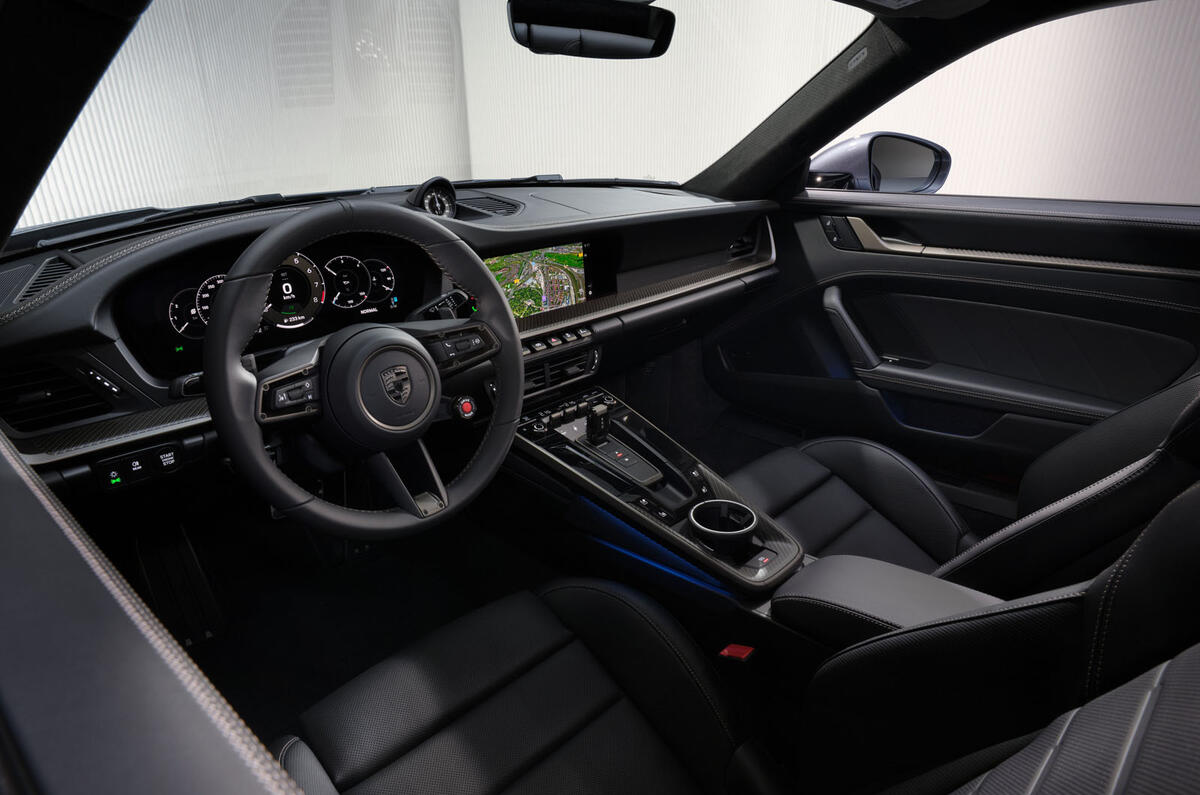
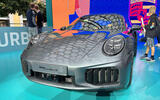
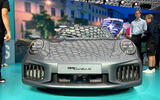
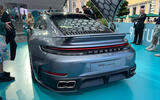

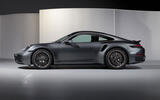
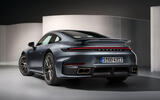

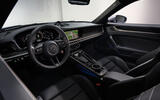

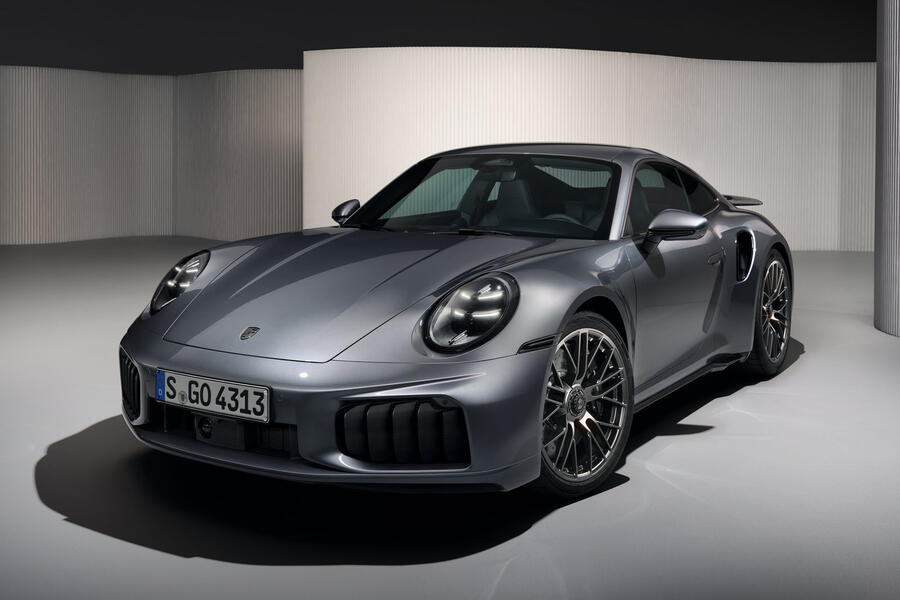





Add your comment